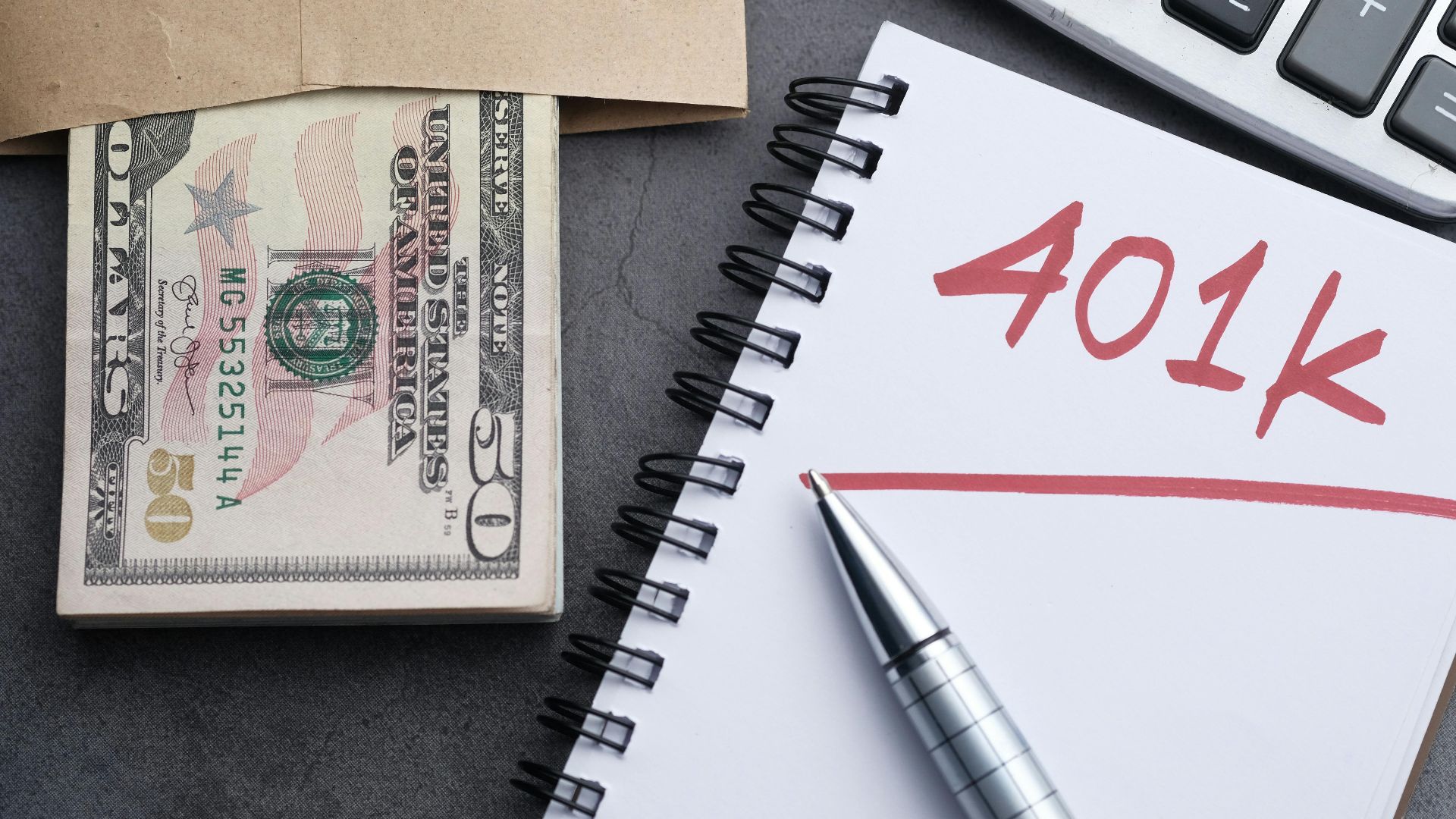The Truth About Retiring Early
Retiring early sounds like a dream—more freedom and time, and less stress. But the truth is that most people are far from ready, and many don’t realize it until it’s too late. Planning to leave the workforce years ahead of schedule takes more than saving aggressively or fantasizing about beachside mornings. Ahead, we highlight common warning signs and offer practical shifts that can move your plan forward. Let’s start with the signs.
1. You Don’t Know Your Monthly Expenses
Not knowing your monthly spending makes it impossible to calculate how much you need for retirement. Without an accurate budget, you risk draining your savings too early. Most retirees underestimate expenses by 20–30%, especially on healthcare.
 Photo By: Kaboompics.com on Pexels
Photo By: Kaboompics.com on Pexels
2. You’re Banking On Inheritance
What makes relying on inheritance risky is that estate values can change due to market volatility or legal issues. Also, it’s common for heirs to overestimate their inheritance. Note that long-term care costs can deplete parents’ estates before they’re passed on.
3. You Have High-Interest Debt
Debt with interest above 7% often outpaces average investment returns, and carrying high-interest debt in retirement can erode your savings faster than expected. Paying just the minimum on a $5,000 debt at 20% interest can take over 20 years.
4. You Haven’t Accounted For Healthcare Costs
Healthcare becomes one of the top three expenses in retirement. The average couple should expect to spend over $300,000 just for healthcare if they are retiring at 65. Medicare doesn't cover everything, and out-of-pocket expenses can surprise even the most prepared retirees.
 Antoni Shkraba Studio on Pexels
Antoni Shkraba Studio on Pexels
5. Your Net Worth Is Too Low
A low net worth limits how long your savings can support you. Having over 25 times your annual expenses saved for early retirement will be very helpful. Note that while housing equity often makes up the bulk of net worth, it isn’t easily accessible.
6. Your Passive Income Streams Are Unreliable
Real estate and dividends need consistent performance to fund early retirement. If your income isn’t steady, you’ll struggle to cover fixed expenses. Stock dividends can be cut during economic downturns, and real estate vacancies or repairs can wipe out months of rental income.
 Photo By: Kaboompics.com on Pexels
Photo By: Kaboompics.com on Pexels
7. You Don’t Have A Post-Retirement Plan
Lack of structure can lead to boredom, depression, or reckless spending. Your sense of identity can shift dramatically without work, affecting mental health. Early retirees with clear post-retirement goals report higher life satisfaction and financial discipline.
8. You’re Counting On Social Security Alone
Social Security is not meant to fully replace income, only about 40%. Also, early retirees may not qualify for full benefits due to reduced work years. Note that claiming benefits at 62 permanently reduces your monthly payments by up to 30%.
9. Your Portfolio Isn’t Diversified
A mix of assets smooths out volatility, but a lack of asset diversity increases risk and lowers long-term returns. People with diversified assets tend to retire earlier than those who don’t, and diversified portfolios are more resilient during market crashes.
10. You Haven’t Stress-Tested Market Downturns
While simulating historical crashes can reveal major flaws in your assumptions, failing to model recessions can make your plan collapse under pressure. Even a single bad market year early on can reduce a portfolio’s life by decades.
If an early retirement sounds good to you, here are some ways to make it a reality.
1. Track Spending With 100% Accuracy
Accurate tracking allows you to calculate your true retirement number with confidence. Budgeting tools and expense logs help identify overspending before it derails your plan. People who track spending are more likely to hit their savings goals.
 Photo By: Kaboompics.com on Pexels
Photo By: Kaboompics.com on Pexels
2. Pay Off Credit Cards Before Investing
High-interest debt cancels out investment gains and erodes wealth over time. Credit cards often carry 18–29% interest rates, far exceeding typical returns. However, paying off $10,000 in debt is equivalent to earning 15%+ risk-free annually.
3. Max Out Roth IRA & 401(k) Contributions
Maxing tax-advantaged accounts supercharges long-term wealth through compounding and deferral. You can withdraw Roth contributions (not gains) penalty-free before age 59½, and 401(k)s can include employer matching—consider that free money.
4. Create A Healthcare Emergency Fund
Unexpected medical bills are a major reason early retirees return to work. One uninsured surgery can set back your retirement by several years. However, a dedicated fund protects your investment accounts from being drained during health crises.
 Photo By: Kaboompics.com on Pexels
Photo By: Kaboompics.com on Pexels
5. Downsize To Free Up Capital
Selling or renting out your home can release significant equity to fund retirement. Smaller homes mean lower taxes, insurance, utilities, and maintenance costs. Housing is the largest line item for most retirees, up to 35% of expenses.
6. Invest In Index Funds For Long-Term Gains
Index funds offer diversified exposure and low fees, ideal for early retirees. They historically return 7–10% annually, matching or beating active funds. Warren Buffett recommends the S&P 500 for 90% of anyone’s retirement portfolio.
7. Launch A Low-Maintenance Side Hustle
Side income cushions your drawdown rate and extends portfolio longevity. Flexible, passion-driven hustles can replace part-time jobs with less stress. With some hours weekly, side hustles can generate $500–$2,000/month.
 LinkedIn Sales Navigator on Pexels
LinkedIn Sales Navigator on Pexels
8. Automate Savings And Investment Transfers
Automation ensures consistent contributions without relying on motivation or memory. Auto-transfers reduce lifestyle creep by removing the temptation to spend. People who automate savings reach goals faster than those who don’t.
9. Use The 4% Rule To Estimate Withdrawals
The 4% rule helps determine a sustainable withdrawal rate over 30 years. It’s based on historical market performance and inflation-adjusted returns. A $1 million portfolio allows $40,000/year under this rule. The rule assumes diversified portfolios, not all-cash or speculative assets.
10. Relocate To A Low-Cost-Of-Living Region
Geoarbitrage increases your purchasing power without earning more. Living in cheaper states lets your money go further. Thousands retire early by moving to countries like Portugal, Mexico, or Thailand. Some U.S. cities even offer housing at half the national average.






















